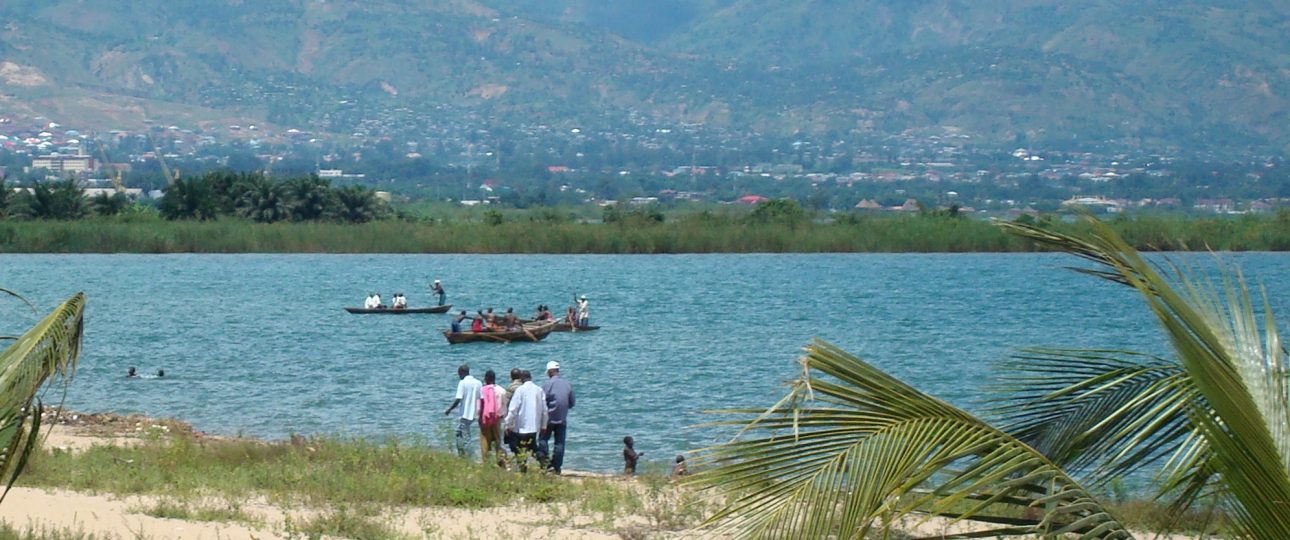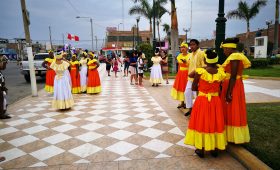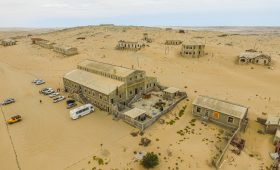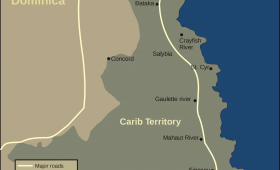Exploring Lake Tanganyika in Burundi
Geography and Location
Lake Tanganyika is a remarkable natural wonder located within the Albertine Rift, the western branch of the East African Rift. It is the largest rift lake in Africa and the second-largest freshwater lake by volume globally. Stretching 676 kilometers (420 miles) in a north-south direction, it averages 50 kilometers (31 miles) in width. The lake covers an area of 32,000 square kilometers (12,000 square miles) and has a shoreline of 1,900 kilometers (1,200 miles). Its maximum depth reaches 1,471 meters (4,826 feet), making it the deepest lake in Africa. The lake holds about 16% of the world’s available fresh water.
Unique Features
- Biodiversity: Lake Tanganyika is home to an extraordinary variety of aquatic life, with over 350 fish species. This diversity has earned it the nickname “The World’s Aquarium.” Snorkeling and diving here reveal a vibrant underwater world.
- Pristine Beaches: The lake’s shores feature sandy beaches ideal for relaxation. The clear waters and gentle breezes create a perfect setting for unwinding.
- Water Activities: The lake offers numerous water activities, including kayaking, paddleboarding, and sailing. Fishing enthusiasts can try their luck with the lake’s famous Nile Perch.
- Wildlife Encounters: The surrounding area is rich in wildlife. Visitors might encounter chimpanzees, baboons, crocodiles, and hippos in their natural habitats.
Best Time to Visit
The optimal time to visit Lake Tanganyika is during the dry season, from June to October. During these months, the weather is mild, and rainfall is minimal, providing clear skies and calm waters for outdoor activities.
How to Get There
To reach Lake Tanganyika, fly into Bujumbura, Burundi’s capital, which connects well with major international airports. From Bujumbura, you can hire a taxi or take a local bus to the lake, a journey of about two hours. The scenic route offers beautiful views along the way.
Local Transportation
Once at Lake Tanganyika, getting around is straightforward. Options include minibusses, known as “matatus,” and motorbike taxis, or “boda-bodas.” These are affordable and convenient for exploring nearby areas. Renting a car is also possible, but drive cautiously and be mindful of local traffic rules.
Cultural Heritage
Lake Tanganyika is not just about natural beauty; it also holds significant cultural importance. The lake supports local communities by providing food, transportation, and livelihoods. Visiting nearby villages offers insights into traditional lifestyles and opportunities to interact with locals. Don’t miss trying the local cuisine, especially dishes featuring fresh fish from the lake.




